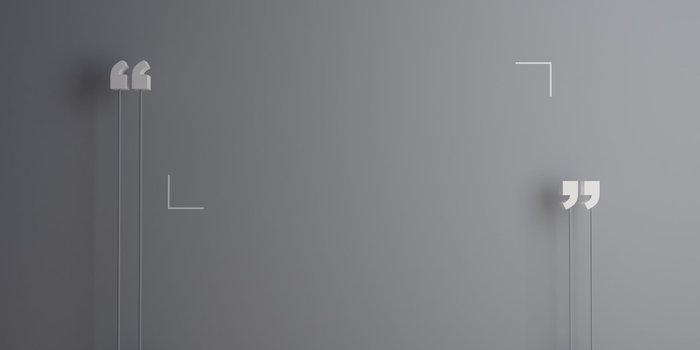Make sure to correct those errors you never saw before the advent of blogs and product websites. These are problems you might encounter in any printed medium, whether that be books, newspapers, pamphlets or billboards. That's why it's so hard to notice them, let alone avoid them. So, here are those two problems: How not to face the wrong way. Take a look at these items, and see if you can spot what’s wrong: rock ‘n’ roll How ‘bout it? Just delete the space that precedes the word that’s supposed to start with an apostrophe, then type the character (your word-processing program will now think you’re in the middle of a word) and, finally, reinsert the space in front of the correctly facing apostrophe. I mentioned that I’ve seen “rock ‘n’ roll” in poorly edited books. The problem is that it's easy to go too far and include a blank space or item of punctuation (or both) as part of your hot link. [pulls the punctuation -- a closed parenthesis and an exclamation point -- into the hot link] These errors are easy to overlook until you become aware of them; then you start to notice them every time. This is usually pretty obvious on a website because that final letter or two is black instead of sharing the color of the rest of the hot link (the WYSIWYG is University of Southern North Dakota).But hasty and overeager writers actually upload content like this now and then.
Make sure to correct those errors you never saw before the advent of blogs and product websites.

Opinions expressed by Entrepreneur contributors are their own.
I’ve previously posted about the writing problems of wordiness, overused clichés and use of the wrong words for the job. These are problems you might encounter in any printed medium, whether that be books, newspapers, pamphlets or billboards.
My next topic concerns the medium in which we’re communicating: the internet. As an editor and proofreader for web companies and content creators, I’ve seen missteps that are peculiar to this medium and, on the whole, were virtually unknown (pun intended) prior to our current era of electronic communication and composition in the HTML environment.
No amount of polishing your prose, running it through spell-check or begging other pairs of eyes to review your work before you upload it will necessarily catch and fix these problems so unique to oue post-print world.
That’s why it’s so hard to notice them, let alone avoid them. Your computer won’t be any help there either, because it probably put them there in the first place! So, here are those two problems:
How not to face the wrong way.
Take a look at these items, and see if you can spot what’s wrong:
- rock ‘n’ roll
- How ‘bout it?
- “ ’That’s the way it goes,’ he said.”
In each example, an apostrophe or single quotation mark points in the wrong direction. It’s pretty obvious in the third example, but in “rock ‘n’ roll” and situations where an apostrophe precedes the word (as in ’bout or Cockney dialogue like ’Ave yer got the ’eat on, Fergus?), we can easily overlook it.
Apostrophes normally turn up toward the end of a word; for example, they’re in contractions like that’s and who’s, as well as in possessives like Arby’s and Lowe’s. I suspect that some readers who edit their own work — and even editors — mistake initial apostrophes, rare as they are, for a single open quotation mark. They look the same, but they don’t serve the same purpose.
This problem arises in writing for the web because a “helpful” word-processing program assumes that if you just hit the apostrophe or quotation key out in the open, you were starting to type a quote; and it tosses an open single or double quotation mark up on the screen.
That’s how you get “rock ‘n’ roll,” which is supposed to have two apostrophes (to signal the absence of the “a” and the “d” of “and”) but now…

COMMENTS